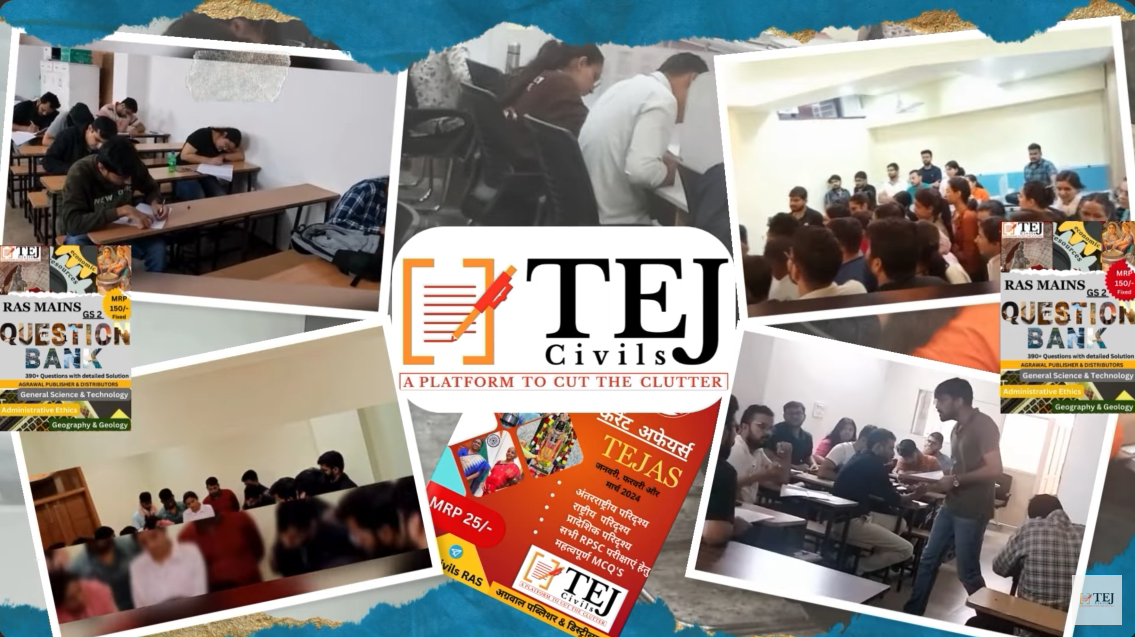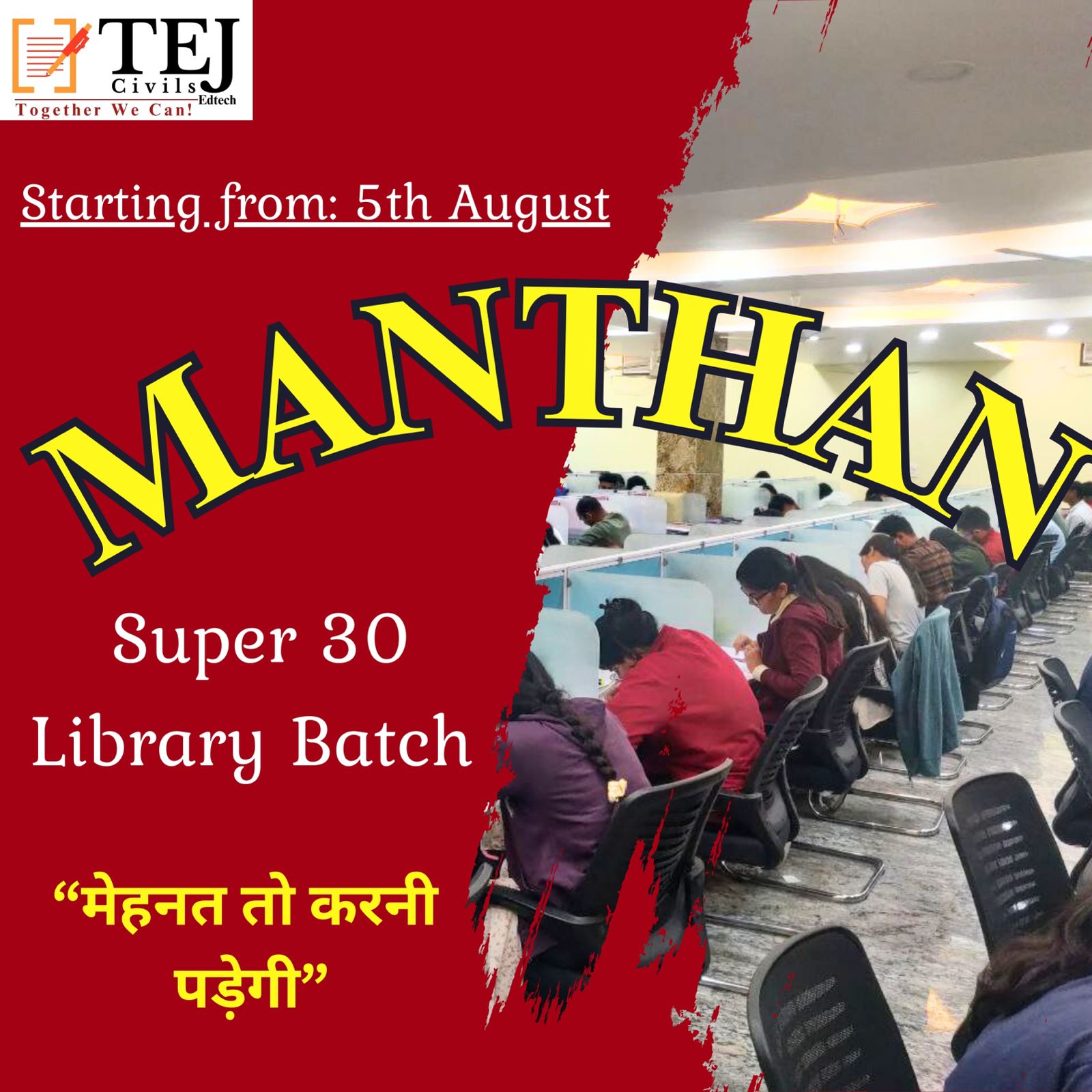Prime Minister Shri Narendra Modi released a commemorative postage stamp on the completion of 75 years of the Supreme Court of India
The stamp was unveiled at the inaugural session of the District Judges Conference at Bharat Mandapam, New Delhi.
Supreme Court of India:
- Establishment: January 28, 1950
- Location: New Delhi
- Composition: Chief Justice of India (CJI) + up to 33 judges
Powers and Functions:
- Judicial Review: Reviews laws and orders for constitutional compliance.
- Original Jurisdiction: Handles disputes between states and the central government (Article 131).
- Appellate Jurisdiction: Hears appeals from lower courts (civil and criminal cases).
- Advisory Jurisdiction: Provides opinions to the President on legal matters (Article 143).
- Writ Jurisdiction: Issues writs for the enforcement of Fundamental Rights (Article 32).
- Contempt of Court: Can punish for contempt of itself and High Courts (Articles 129, 142).
Key Constitutional Articles:
- Article 124: Establishes the Supreme Court and appointment of judges.
- Article 126: Appointment of acting Chief Justice.
- Article 129: Supreme Court as a court of record; contempt powers.
- Article 131: Original jurisdiction for disputes.
- Article 136: Special leave to appeal from any court or tribunal.
- Article 141: Supreme Court's law binding on all Indian courts.
- Article 142: Powers to pass orders for complete justice.
Appointment and Removal of Judges:
- Appointment: By the President, consulting other judges as needed.
- Removal: For misbehaviour or incapacity, by President after Parliament's approval with special majority.





















